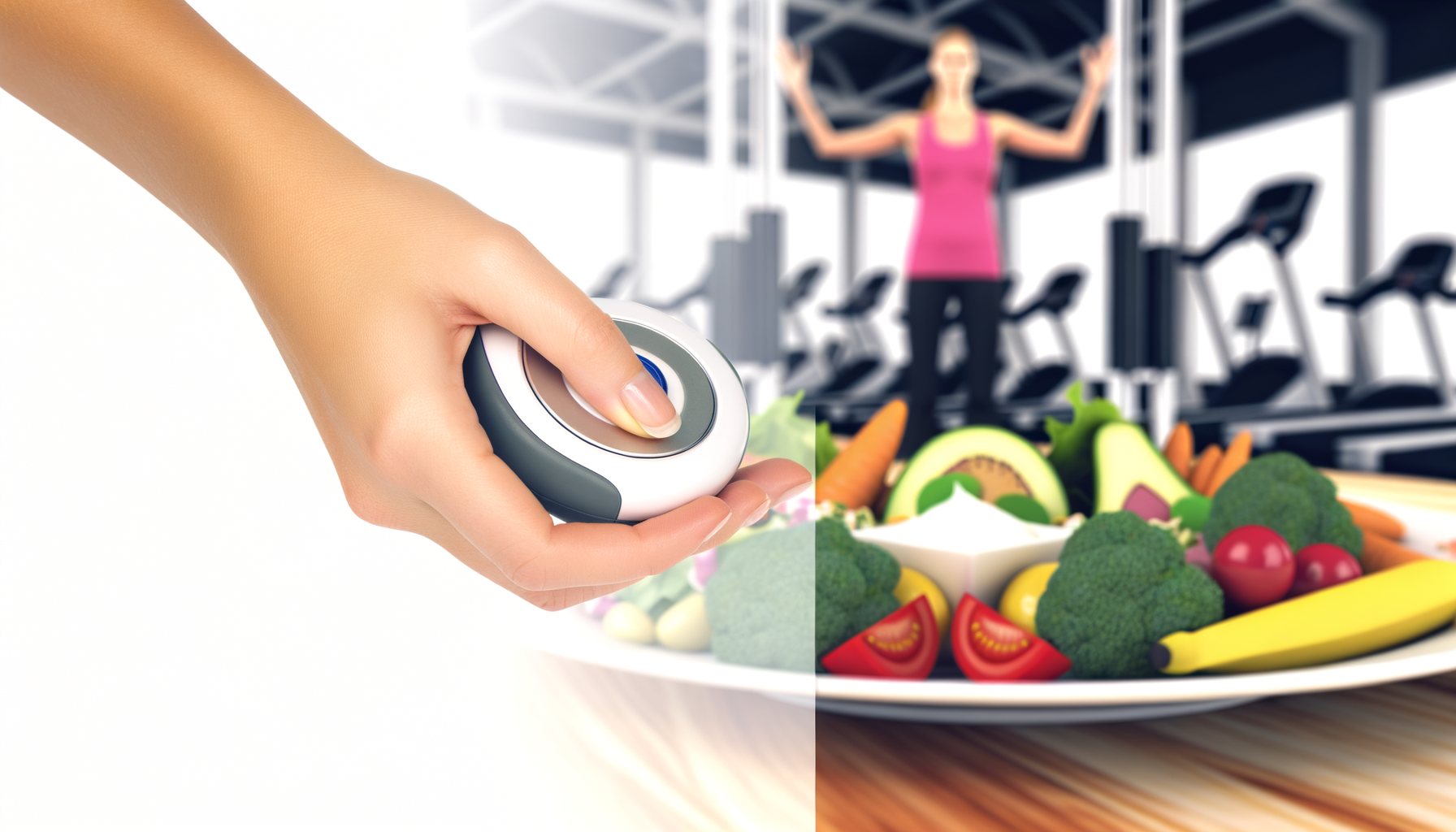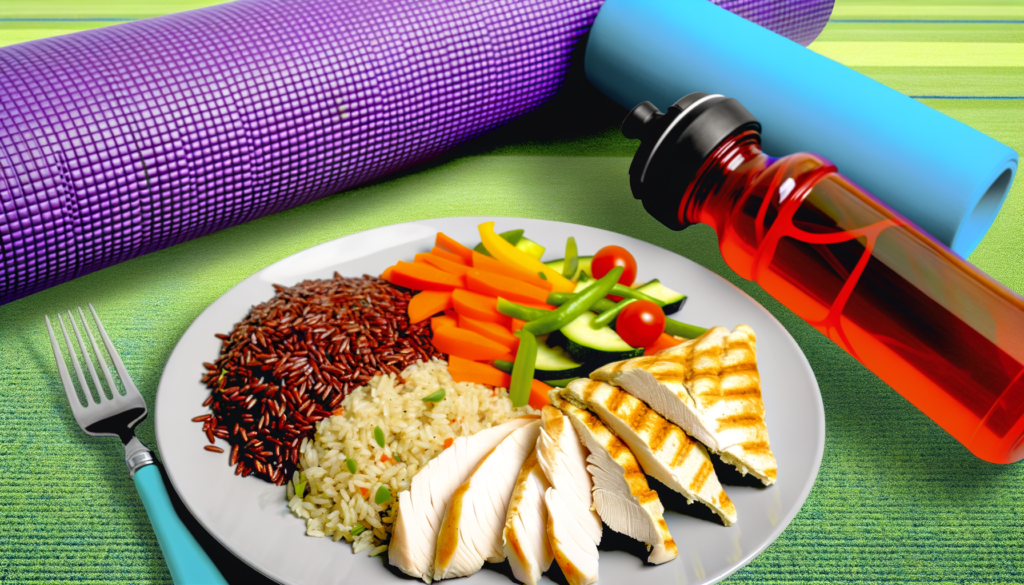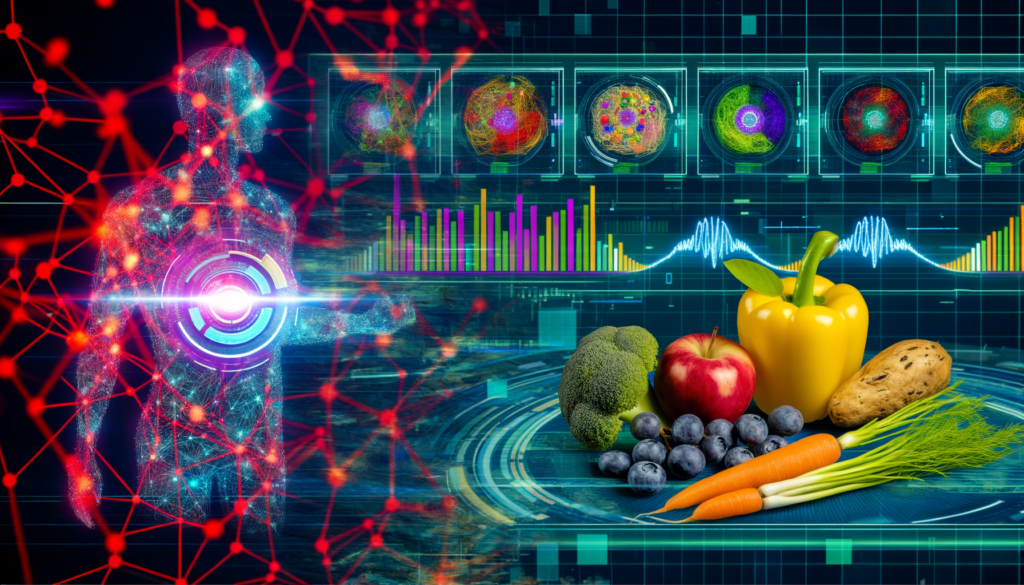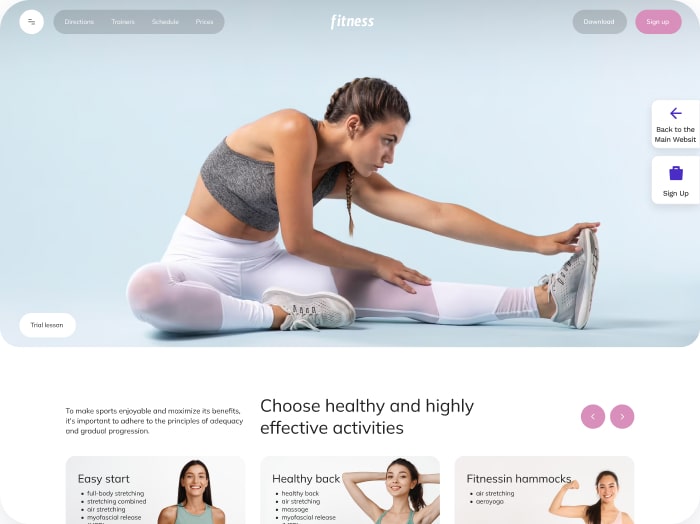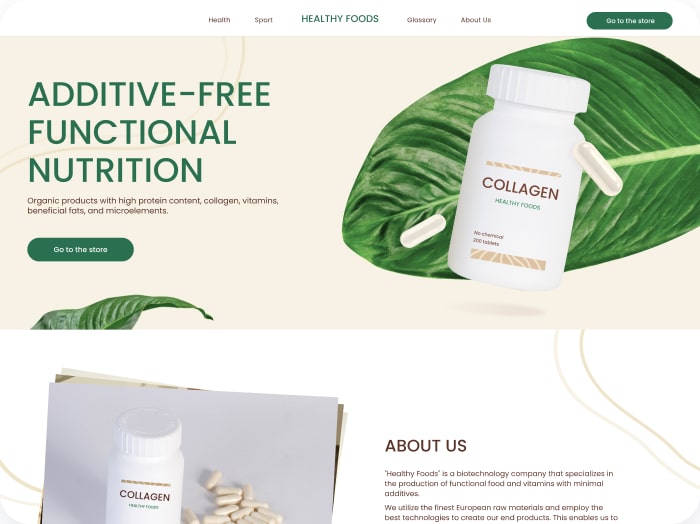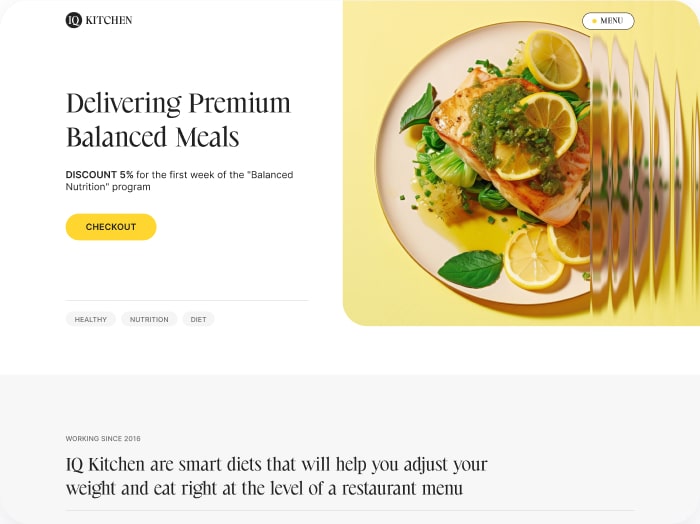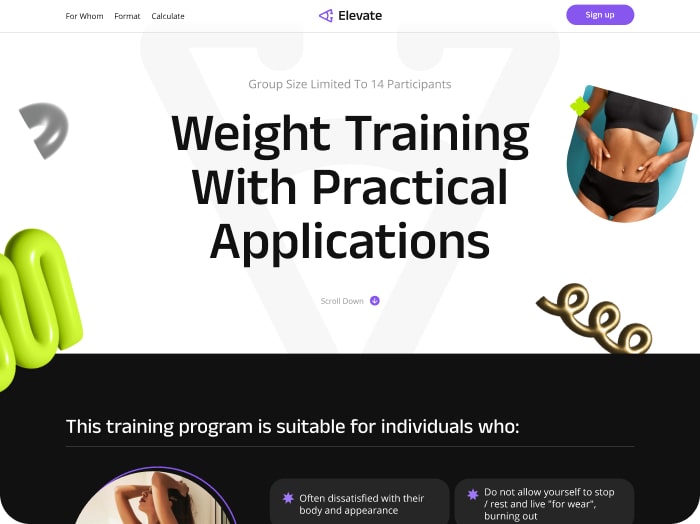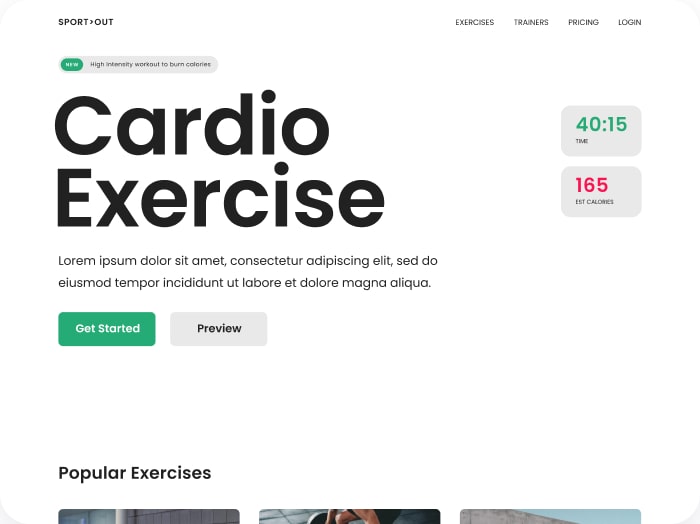Enhancing Portion Control with Haptic Feedback Technology
In the realm of health and fitness, maintaining proper portion control is a crucial aspect of a balanced diet. Traditional methods of portion control often rely on visual cues and manual measurements, which can be cumbersome and less effective. The integration of haptic feedback devices offers a revolutionary approach to portion control, leveraging sensory feedback to make the process more intuitive and engaging.
Understanding Haptic Feedback
Haptic feedback, also known as force feedback or tactile feedback, is a technology that uses touch or vibration to convey information to users. This technology is widely used in various applications, including smartphones, gaming controllers, and wearable devices, to enhance the user experience by adding a tactile dimension to visual and auditory interactions.
Applications of Haptic Feedback in Nutrition
When applied to nutrition and portion control, haptic feedback can significantly improve the accuracy and ease of managing food portions. Here are some innovative ways haptic feedback can be integrated:
Smart Utensils and Plates
Imagine using smart utensils or plates that provide haptic feedback when you reach the optimal portion size. These devices could be equipped with sensors that detect the amount of food being served and provide subtle vibrations or resistance to signal when the desired portion is achieved. For example, a smart spoon could vibrate gently when you scoop the right amount of cereal, making portion control more intuitive and less reliant on visual measurements.
Wearable Devices
Wearable devices, such as smartwatches or fitness trackers, can also be integrated with haptic feedback to remind users about portion sizes. For instance, a smartwatch could vibrate at specific times during a meal to remind the user to stop eating once they have consumed the recommended portion. This approach leverages the power of tactile feedback to reinforce healthy eating habits without the need for constant visual checks.
Interactive Kitchen Tools
Interactive kitchen tools, such as smart scales or measuring cups, can incorporate haptic feedback to guide users in preparing meals with precise portion control. These tools could provide vibrations or tactile cues when the correct amount of an ingredient is measured, ensuring that recipes are followed accurately and portions are controlled effectively.
Case Studies and Real-World Examples
Several studies and real-world applications demonstrate the effectiveness of haptic feedback in enhancing user experiences, which can be applied to portion control:
Teleoperated Systems
In teleoperated systems, haptic feedback is crucial for providing operators with a realistic sense of interaction with remote environments. For example, in surgical robotics, haptic feedback allows surgeons to feel the resistance and texture of tissues, enhancing their precision and control. Similarly, in the context of portion control, haptic feedback can provide users with a tangible sense of when they have reached the correct portion size, making the process more natural and intuitive.
Home-Based Rehabilitation
In home-based rehabilitation, haptic feedback devices are used to enhance the recovery of sensorimotor impairments. These devices provide tactile and kinesthetic feedback, helping patients to practice in an enriched environment with augmented tactile feedback. This concept can be adapted to nutrition, where haptic feedback devices can help individuals develop a better sense of portion sizes through repeated practice and feedback.
How Haptic Feedback Improves Portion Control
The integration of haptic feedback in portion control offers several benefits:
Enhanced Accuracy
Haptic feedback provides immediate and tangible cues, reducing the reliance on visual measurements and minimizing errors in portion sizing. This accuracy is particularly beneficial for individuals who struggle with visual cues or need precise control over their food intake.
Increased Engagement
Haptic feedback makes the process of portion control more engaging and interactive. By providing tactile sensations, users are more likely to be involved and attentive during meal preparation, leading to better adherence to healthy eating habits.
Reduced Cognitive Load
Traditional methods of portion control often require constant monitoring and calculation, which can be cognitively demanding. Haptic feedback simplifies this process by providing immediate feedback, reducing the cognitive load and making portion control more manageable.
Implementing Haptic Feedback in Daily Life
To implement haptic feedback for portion control in daily life, several steps can be taken:
Using Smart Kitchen Devices
Invest in smart kitchen devices that integrate haptic feedback, such as smart scales or utensils. These devices can be connected to your smartphone or other digital health tools to track and manage your food intake more effectively.
Customizing Feedback
Customize the haptic feedback settings to suit your specific needs. For example, you can adjust the intensity and pattern of vibrations to ensure that the feedback is clear and comfortable.
Integrating with Health Apps
Integrate haptic feedback devices with health and fitness apps, such as the Calorie Calculator Cloud, to get a comprehensive view of your nutrition and portion control. This integration can provide personalized feedback and recommendations based on your dietary needs and goals.
Conclusion and Future Directions
The integration of haptic feedback devices for portion control represents a significant advancement in the field of nutrition and health. By leveraging sensory feedback, individuals can achieve more accurate and intuitive portion control, leading to better health outcomes.
As technology continues to evolve, we can expect to see more sophisticated applications of haptic feedback in nutrition. For instance, future devices could incorporate advanced sensors and AI algorithms to provide personalized feedback based on an individual’s dietary needs and preferences.
In summary, haptic feedback is not just a tool for enhancing user experiences in gaming or virtual reality; it has the potential to revolutionize how we manage our health and nutrition. By embracing this technology, we can make portion control more intuitive, engaging, and effective.
If you are interested in exploring more advanced tools for managing your nutrition, consider checking out the Calorie Calculator Plans for comprehensive and personalized nutrition planning.
